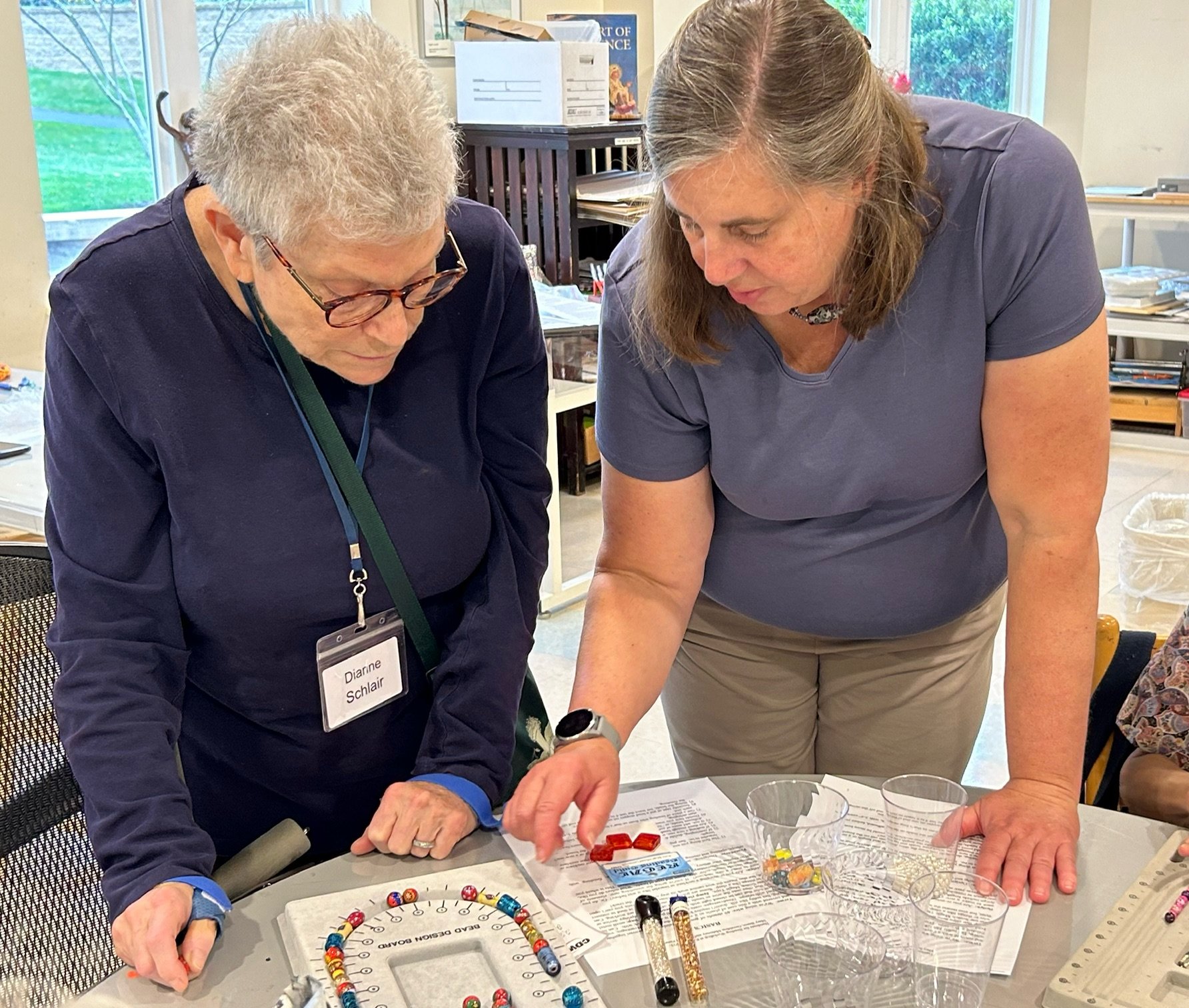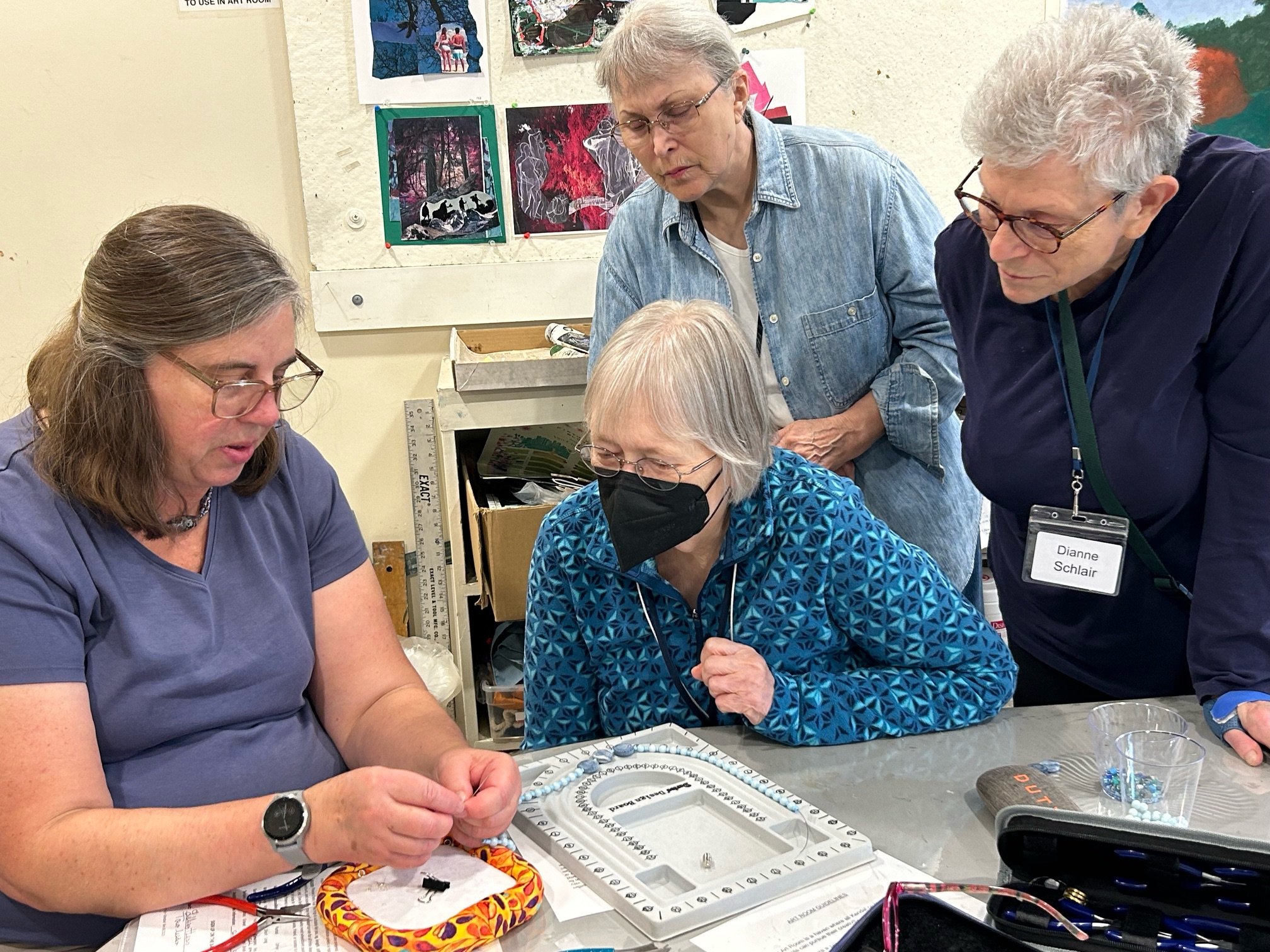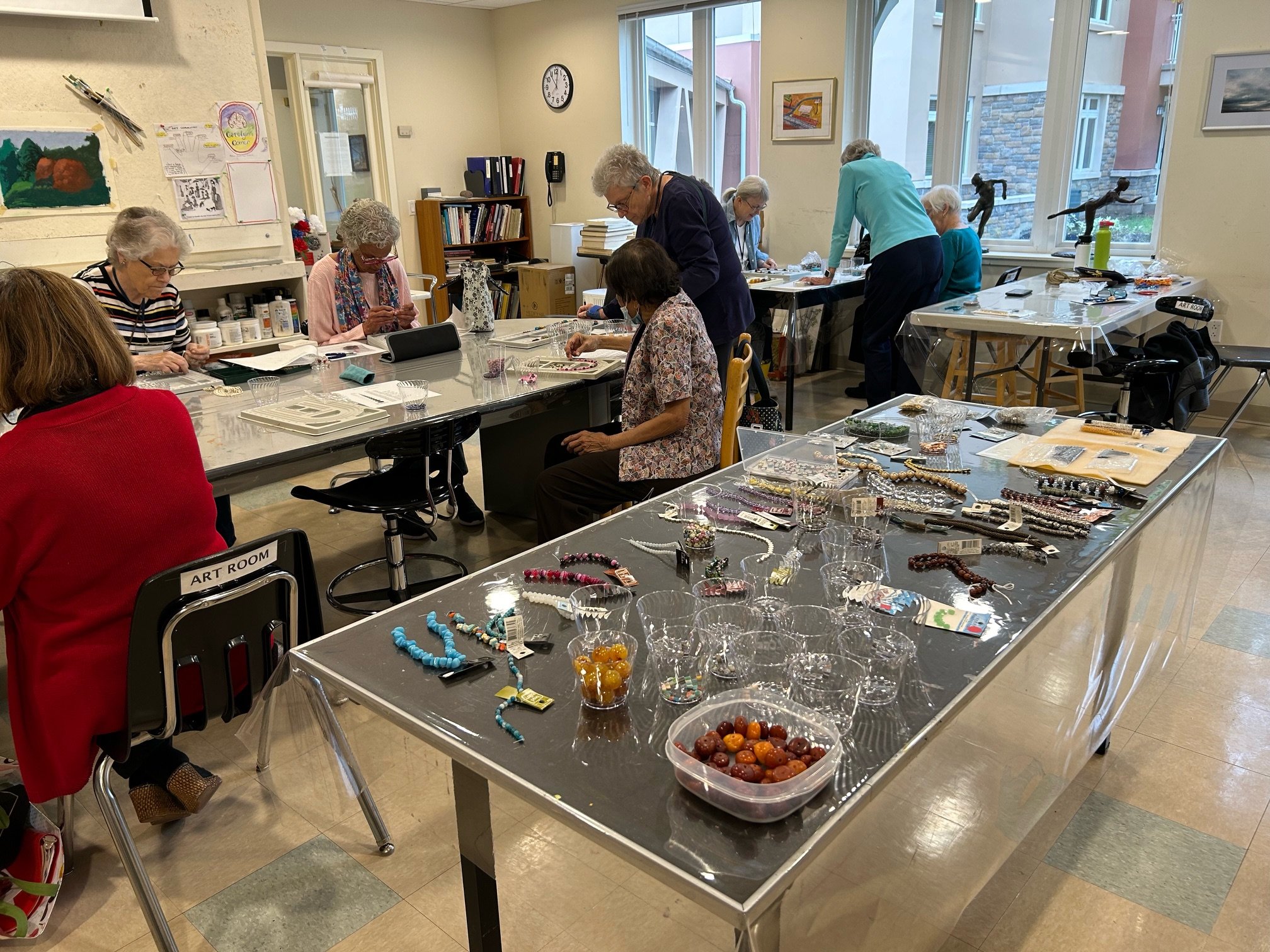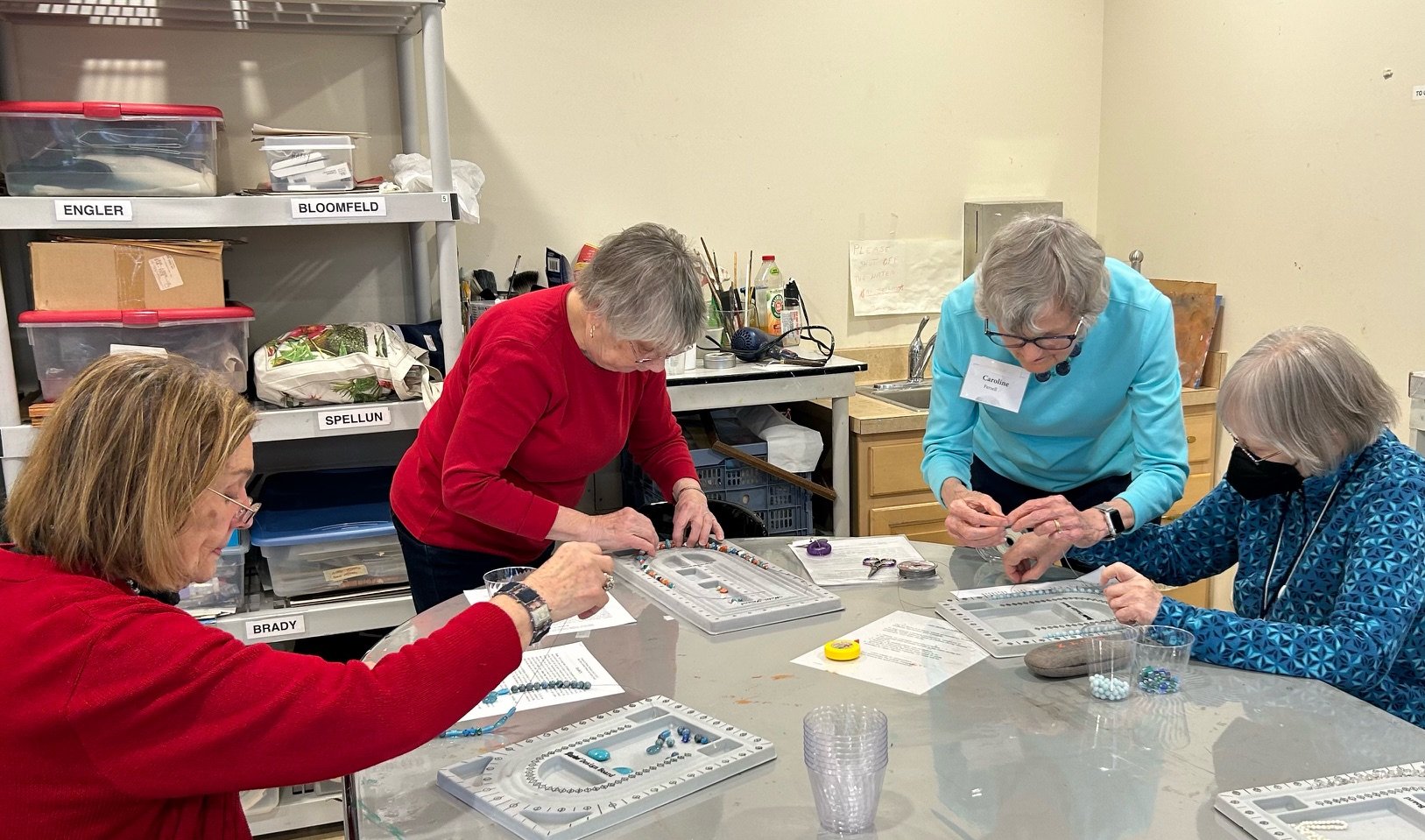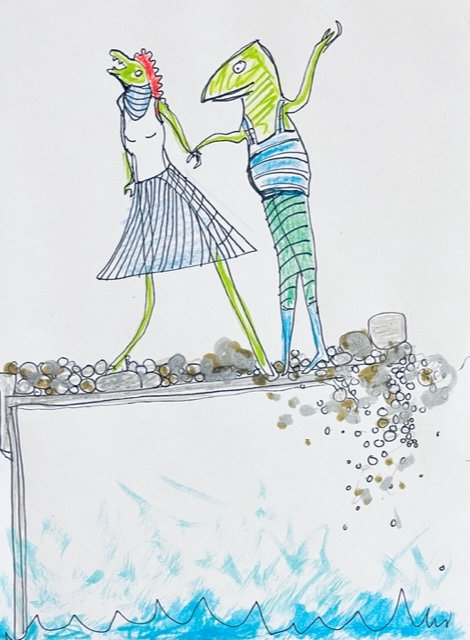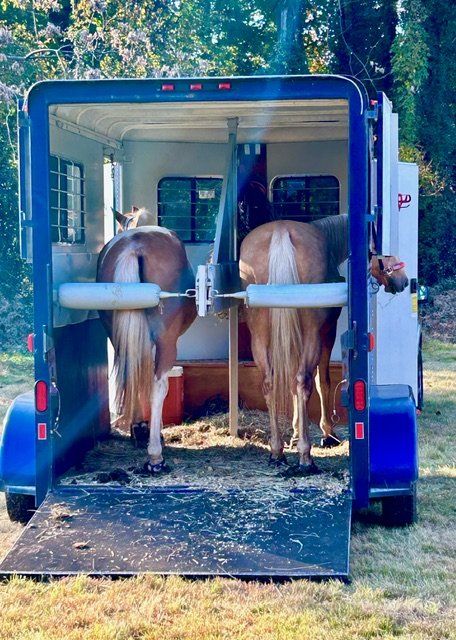National Jukebox Day is the day before every Thanksgiving — November 22 this year. Music is the soundtrack of our lives, and this day celebrates the jukebox, shining some light on the device that brought, and still brings, music into our lives in a special way.
The term “jukebox,” coined in 1937, is thought to have derived from places called “juke houses” or “jook joints,” where, since the early 1900s, people congregated to drink and listen to music. According to vocabulary.com, “Many country and blues bands got their start playing at jukes in the south, although some jukes offer jukeboxes as their only music. You can also call it a ‘juke joint.’ The word juke comes from the Southern US Creole known as Gullah, in which ‘juke’ or ‘joog’ means ‘wicked’ or ‘disorderly.’"
The jukebox has a rich history; the nostalgia it carries is unparalleled. It has been around for era after era of modern music — from jazz to country and blues to rock. Jukeboxes revolutionized music in many ways. With its invention, people could enjoy music in restaurants and bars. Artists found a new way to get public exposure and found it a great way to increase sales of vinyl records.
In 1889, Louis Glass and his partner William S. Arnold, both managers of the Pacific Phonograph Co., invented the first coin-operated player in San Francisco, displaying it at the Palais Royale Saloon on November 23 that year. Known as the “nickel-in-the-slot machine,” the player included a coin operation feature on an Edison phonograph. It was limited, playing only a few selections of songs and without amplification. However, it was an instant success, raking in over $4,000 (the equivalent of about $120,249.23 today) in the first year alone, and inspiring the creation of different versions across the US. In no time, “phonograph parlors” with multiple nickel-in-the-slot phonographs spread across America and Europe.
As the machine’s reach and popularity increased, technological advancements were made. In 1905, John Gabel presented the Automatic Entertainer to the world. It had 24 song selections. In 1928, Justus P. Seeburg manufactured a multi-select jukebox called the audio phone, which had 8 separate turntables, allowing people to choose from 8 different records per turntable. When recording artists first crooned into microphones and cut records into vinyl, an aspiring inventor in a Chicago music store worked nights to build a box that would play both sides of the record. While the Blue Grass Boys played to sold-out audiences in the Grand Ole Opry, guys and gals danced the night away by playing their song over and over again on the jukebox at a local pub.
The jukebox took a hit when radio, a form of free entertainment, emerged in the 1920s, and the Great Depression hit in the 1930s. The sale of records saw a drastic dip as disposable income crashed. With the 1933 repeal of Prohibition, jukeboxes found new homes in taverns and, despite the lingering Great Depression, were thrust into their Golden Age as people got ready to live it up again. Four brands dominated the market: Wurlitzer, Seeburg, Rock-Ola, and AMI.
World War II put a pause on jukeboxes, but with the return to normalcy following the war, they came back stronger and flashier than ever. In 1946, Wurlitzer introduced the 1015, known as “the bubbler,” consisting of a cornucopia of colors and bubbling liquid tubes. Seeburg released the M100A Select-O-Matic in 1949, the first jukebox that could play 100 selections. The following year, Seeburg’s M100B became the first jukebox to use 45 RPM records. Up until that time, 78 RPM records reigned. In the 1950s, jukeboxes continued to dominate, not only played in taverns, but with the emergence of rock ‘n’ roll, they were adored by teenagers in diners and soda fountains. “Drop the coin right into the slot/You gotta hear something that’s really hot,” sang Chuck Berry in his 1957 classic, “School Days.”
Jukeboxes waned in the 1960s, because of many factors, including the rise in live music venues and the growth of DJs at clubs, the proliferation of transistor radios, and the continued popularity of television. Still, jukeboxes hung on, even if they didn’t retain their cultural clout. In the late 1980s, they shifted their format to compact discs, which became the norm in the 1990s and into the 2000s. Today, most times when you see a jukebox — usually in a bar — it is an internet jukebox, which can bring a catalog of the world’s music at a touch. With mobile apps, people can choose songs from their phones without even getting off their barstools.
In 2011, TouchTunes once again revolutionized in-venue entertainment with the launch of Virtuo, a multi-application platform designed to appeal a tech-savvy audience. The company also created National Jukebox Day, in recognition of the important role jukeboxes have played throughout history. They scheduled it on the day before Thanksgiving, a day when a lot of people gather at bars in their hometowns.
And just for nostalgia’s sake, here are the top 5 jukebox hits of all time:
1. Hound Dog, Elvis Presley (1956)
2. Crazy, Patsy Cline (1961)
3. Old Time Rock & Roll, Bob Seger (1979)
4. I Heard It Through the Grapevine, Marvin Gaye (1968)
5. Don’t Be Cruel, Elvis Presley (1956)
Want more good old jukebox music? Check out the Library of Congress’s Jukebox Day by Day (click here)
See what was recorded on any given day of the year. Check your birthday, an anniversary, or any other month and day of interest.
November 23: Fibonacci Day

















